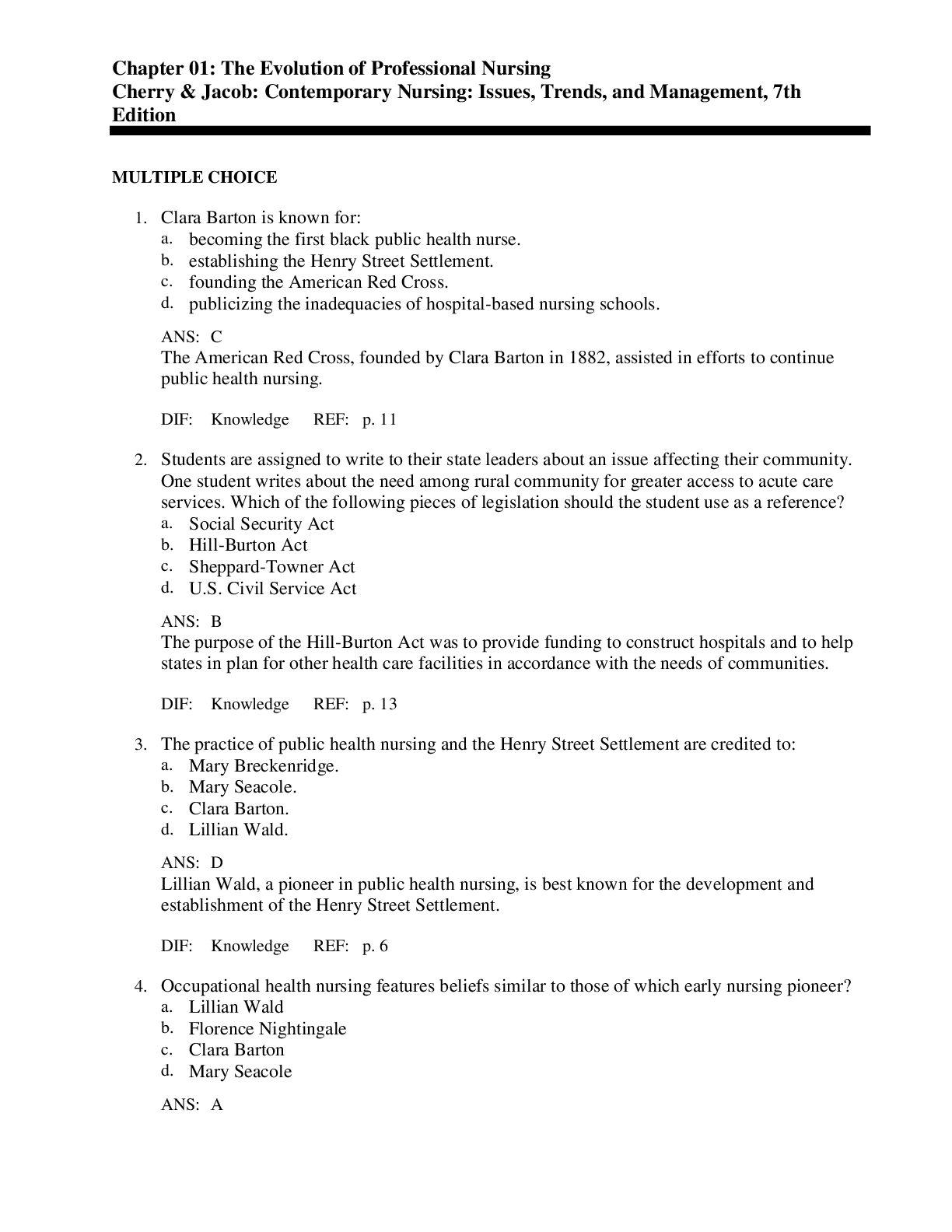Contemporary Nursing Issues Trends
Course
Project Management
Subject
Chemistry
Category
Questions and Answers
Pages
102
Uploaded By
ATIPROS
Preview 5 out of 102 Pages


Download all 102 pages for $ 9.95
Reviews (0)
$9.95
